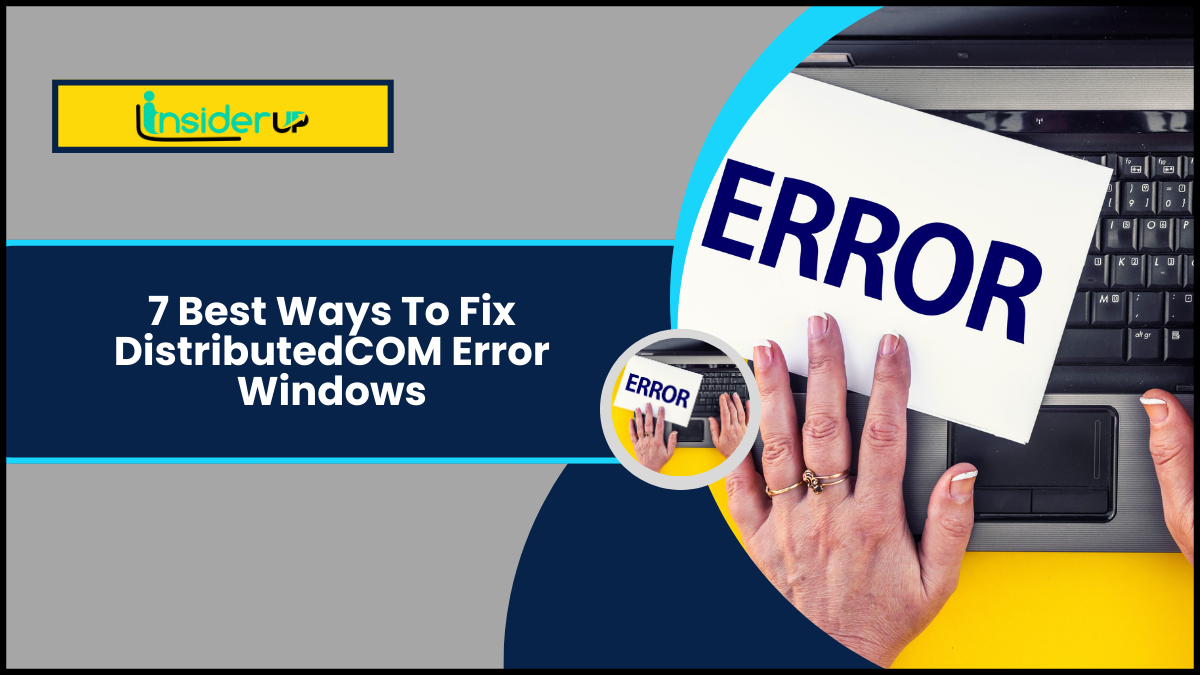Breaking Down the Different Types of Cat6a Cables

With network speeds faster than ever, many homeowners and business owners find themselves in need of upgraded cabling that can support today’s bandwidth demands. Cat6a cables have become quite popular for their ability to smoothly handle speeds up to 10 gigabits per second (Gbps).
However, not all Cat6a cables are created equally. Let’s find out the various types so you can choose options tailored to your case.
Cat6a Cable Constructions
A cat6a cable comes in a few different constructions that impact their flexibility, shielding properties and installation environments. Two primary constructions are stranded and solid wire.
Solid core wire is less flexible but often cheaper, making it suitable for in-wall installations. Stranded wire features individual copper strands that give it supple wrapping abilities ideal for patch cables connecting hardware.
A cable’s shielding also varies. Unshielded cables lack external shielding foils or braids, while shielded varieties contain these protective layers to minimize external electromagnetic interference (EMI).
Full shielded foils wrap all wire pairs, while enhanced (F/UTP) shield selected wire pairs. Proper shielding becomes important in noisier industrial settings or dense urban areas with strong wireless signals.
Environment-Rated Cat6a Cables
Network cables must comply with certain construction and material standards based on their intended use environment. Three common ratings systems denote whether a cable is safe for specific in-wall or open-air applications.
Plenum-rated cables contain low-smoke materials in case of fire, making them acceptable for air ducts and plenums (areas where HVAC systems circulate). Riser cable possesses a flame-resistant jacket allowing in-wall installation between floors. Outdoor cable features extra insulation shielding against UV light and moisture.
Proper cable selection avoids potentially dangerous situations and verifies code compliance. For example, plenum insulation ensures toxic fumes won’t spread through a building’s air supply in an emergency. Always reference a product’s listings if uncertain which ratings apply to your installation context.
Installation Considerations for Cat6a
Besides construction and insulation, ponder how a cable will function within your unique network topology. For example, solid-core Cat6a excels when snaked through walls but proves stiff for repeated bending behind furniture. Stranded varieties accommodate flexible patch cables yet may kink sharply if pulled taut in-wall. Outdoor-rated options suffice for buried direct burial conduits between structures.
Also consider your needs for speed, interference resistance, and future-proofing. While any Cat6a supports 10Gbps, shielded or augmented versions shield interference-prone spaces like industrial parks. Their extra protections preserve bandwidth longevity as networks evolve. Budget and aesthetics factor too – plenum jackets come at a premium versus basic riser cables.
Different Types of Cat6a Cables: Summing Up
With the various constructions, shielding levels, insulation ratings, and applications to consider, choosing Cat6a cables requires understanding your unique network needs. Focus first on your planned installation contexts to ensure safety and code compliance. Then weigh bandwidth needs, aesthetic preferences, and budgets to identify types optimizing performance at minimum hassle. Handle cables with care during termination and installation as well. Cat6a types properly matched to infrastructure and usage allow networks to smoothly operate with optimal speed and performance.



